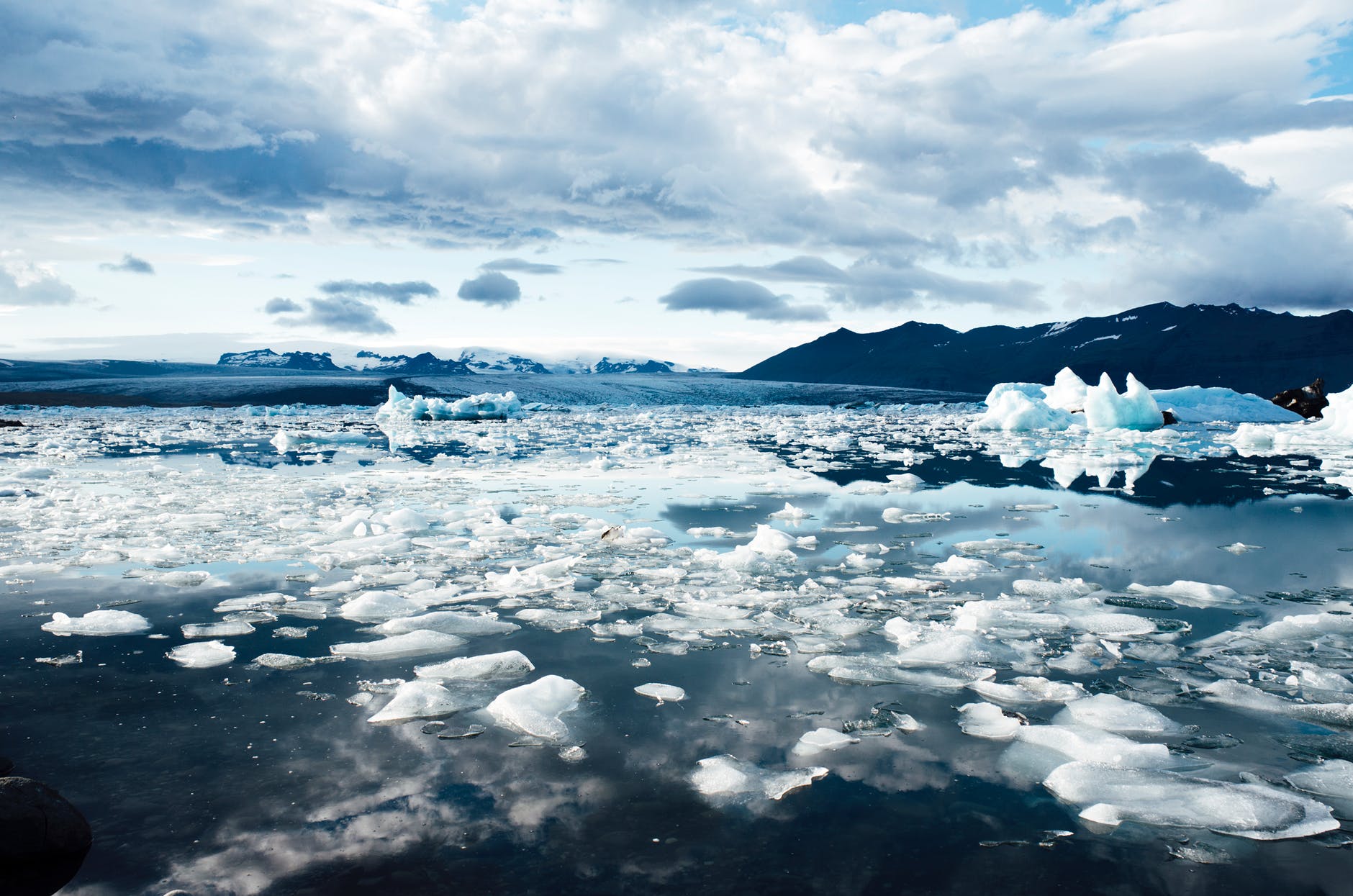How Cities Can Lead the Charge Against Climate Change
The encroaching issue of climate change is one that’s far too massive for one group to handle alone. It’s up to multiple corridors of power to enact the changes that will ensure a safe future for our planet–which is precisely why it’s become such a complicated state of affairs. With two-thirds of Earth’s population expected to be clustered into cities by 2050, it looks to be urban planners who hold the keys to our survival. It’s also a matter of accounting for the damage cities have done on their own: as it stands now, urban centers are responsible for two-thirds of greenhouse emissions.
As a citizen of New York City, I was proud when our mayor announced the city would divest money from fossil fuels. This move was part of a larger movement aimed at hitting the largest producers of greenhouse gases where it hurts and is certainly an important part of the prevention process. But failing to design sustainable lifestyles for all city-dwellers will result in certain ecological disaster, a situation which no amount of money can correct. Creating these lifestyles starts with tackling the two most ripe areas for change: our construction and transportation practices. With the right plans and initiatives, these will be the conduits through which our cities lead the country into a cleaner and more assured future.
Construction
The largest visible representation of urban life, our tall buildings must use energy sustainably and responsibly if we’re to address the climate crisis adequately. This can take several forms, including efficient design that maximizes sunlight, green roofs and outdoor spaces which support the oxygen cycle, reusing water and recycled construction materials. So-called “green buildings” are more than a trendy movement: they’re the frontlines of the fight against rising temperatures.
Efficiency can even work in supertall buildings: Taipei 101 in Taiwan, built in 2011, boasts LEED Platinum certification, the tallest structure in the world to be given this stamp of sustainability. In the midst of a skyscraper boom, cities like New York must take a leadership position in ensuring that while we build to the upper reaches of the atmosphere, we don’t forget about the ground we’re situated on. Earth-friendly building materials like recycled steel and precast concrete can eliminate much of the energy usage that goes into creating these massive structures in the first place, starting their lives off on a sustainable footing.
Transportation
While environmentally conscious building practices are pivotal, an even bigger aspect of taking on climate change is the necessary paradigm shift in the way we get around our cities. Even with a majority of us living in these population clusters, our dependence on pollution-causing automobiles has played a major part in bringing this climate crisis into being. Even electric cars won’t completely save us, as CO2 emissions will stay high regardless thanks to large-scale shipping and aviation transport that can’t run on electricity for the foreseeable future.
For maximum efficiency in sustainable travel, robust public transportation is an absolute necessity. Even zero-emissions cars only carry fewer than a half-dozen people at once, requiring more energy to be expended on transporting fewer people on a daily basis. By designing cities where public transport is a more attractive option, we create communities that aren’t only cleaner, but happier places to live.
It’s an unfortunate reality that many forward-thinking projects will require state and federal approval before cities can get them to the implementation stage. In these and many other areas, it’s our nation’s metropolitan centers where the front lines of the battle against climate change will be staged, but by taking control of the narrative, city planners, local leaders and advocates can spearhead the changes that need to happen. Yes, they’ll need political support in due time, but building and transportation plans in the works are the roadmap for a safe, continued existence.


